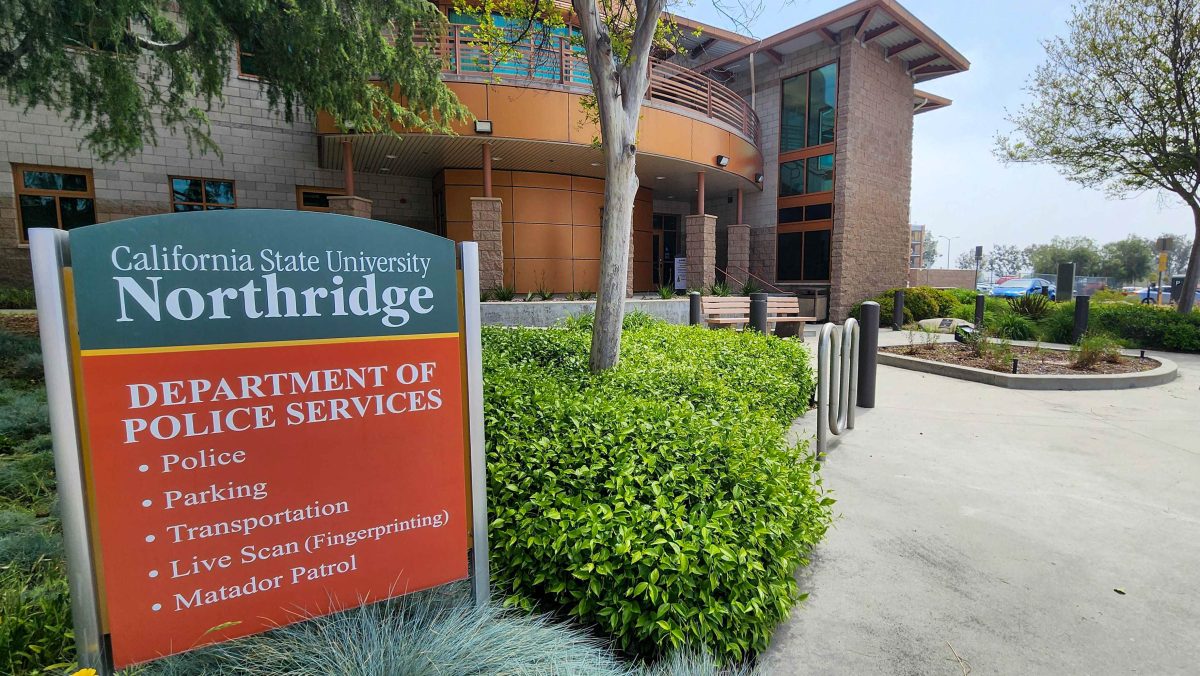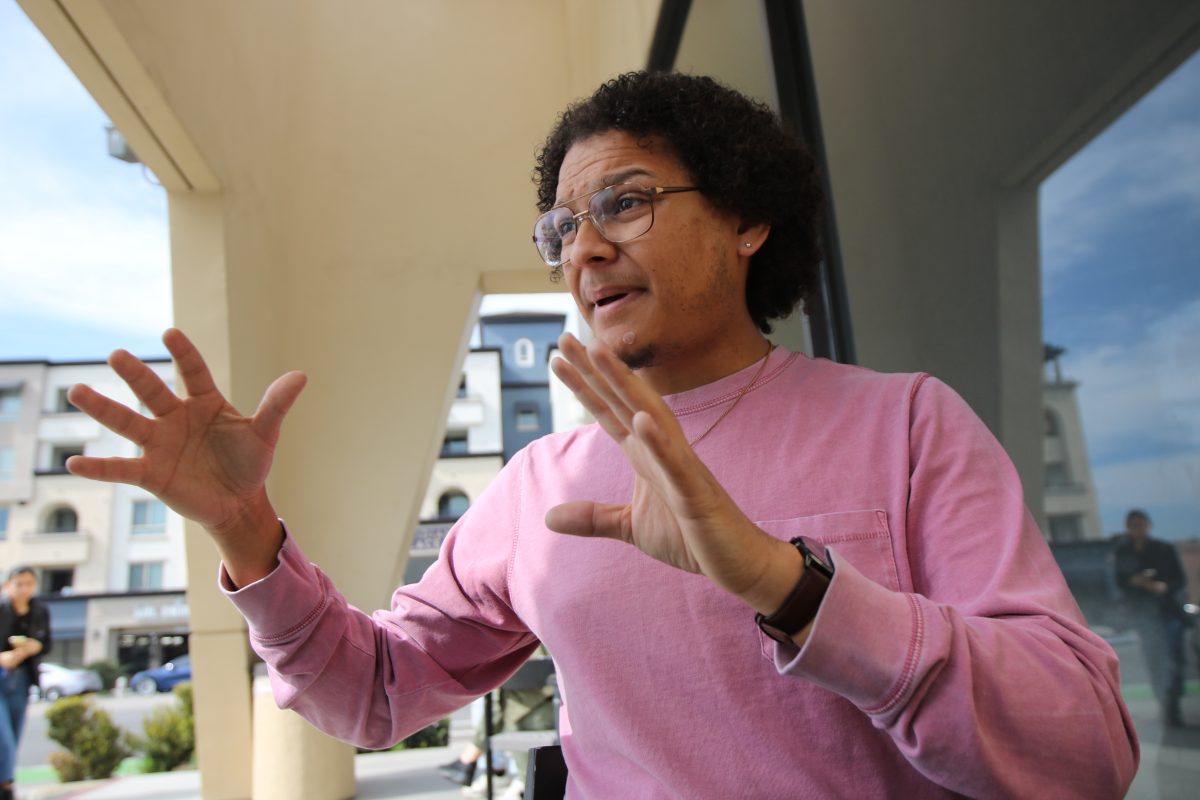
International, Western and Midwestern U.S. universities gathered on campus this past weekend as CSUN hosted an engineered vehicle challenge for the first time.
The “Human Powered Vehicle Challenge West,” sponsored in part by the American Society of Mechanical Engineers (ASME) and Knovel was held in various areas of the CSUN campus.
CSUN placed second in the design competition and won third place overall.
“It’s a design competition for undergraduate mechanical engineering students that basically design a human powered vehicle,” said Jonathan Incorvaia, project manager for CSUN’s Human Powered Vehicle Challenge (HPVC) team.
Every aspect of the vehicle and the race was made by students.
“We design and fabricate everything ourselves,” Incorvaia said. “We don’t buy a bike and put our name on it.”
CSUN has been participating in the competition for the past five years but this year was the first time CSUN hosted the event.
“It’s been quite a task to get everything organized and worry about our vehicle and worry about the whole competition at the same time,” Incorvaia said.
Incorvaia said there were about 30 schools with 10 to 15 students in each team from the mid and Western part of the U.S. participating in the competition, a total of 300 to 400 people.
Some of these schools included University of California, Riverside, Northern Arizona University, CSU Chico, University of California, Berkeley, Missouri University of Science and Technology, Cal Poly Pomona and University of California, San Diego.
Incorvaia said there is also an East Coast competition in Conneticut in two weeks and all schools are welcome to participate in both competitions but most don’t because of the commute.
Incorvaia said students must be in the competition in order to graduate.
“It’s actually a graduation requirement for mechanical engineering students to have a senior project, basically like a senior thesis for some people and so it’s a class for us,” he said.
The CSUN team, along with all the other teams parked in the G3 stuparking structure where the human powered vehicles were stationed and fixed.
Incorvaia said the CSUN team had about 30 engineering supporters including alumni.
The event also had volunteers helping guide the participants through the route.
One of these volunteers was Andrew Azouz, 22, a senior television production major and course planner who helped place bales of hay along the G3 parking structure on Saturday where the drag race was held.
“It’s cool watching it (the race),” he said.
Azouz said he also picked up items if they were on the course.
For the first time, the competition included international teams, Incorvaia said.
Teams from India and Venezuela were present at the event.
Another team from India was supposed to attend but because of the Icelandic volcano that turned Europe into a no-fly zone, they could not transport their vehicle and only their design report was submitted, Incorvaia added.
The competition was divided into three events that took place throughout the weekend.
The design component consisted of a 30-page report of their car design, which Incorvaia said was sent 30 days in advance but had to be updated Friday if any changes had been made to the design.
The drag event took place Saturday morning testing the vehicle’s acceleration while the utility event included an obstacle-course component testing the vehicle’s speed.
Jamie Waters, HPVC committee chair said there were winners in each event.
“This is really an educational competition,” Waters said. “The design portion is the biggest portion of the entire event, but the race is what actually shows them (the judges) what you’ve designed and built and perform.”
Incorvaia said the judges look at the design report, safety checks and performance to determine a winner.
Waters said the winner receives an $800 overall prize. The speed event winner receives an $600 to $650 prize and the amount decreases for the 2nd and 3rd place winners.
The money goes straight to the team, Waters added.
“The school can determine how they want to allocate that, but typically they give it straight to the people on the team,” Waters said.
Incorvaia said he liked the idea of the money going straight to a student.
“It would be nice if the student got it,” Incorvaia said.
Waters said they are “trying to push the practicality aspect to provide alternative transportation motives.”
“We want to focus this more on the green aspect and really, ultimately, what I like to see come out of the utility event is these students thinking about designs that people that are not athletes can ride.” Waters said.





